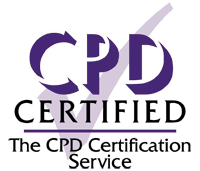Luc Morris updates us on the future of cancer diagnosis and treatment, which lies in “personalised oncology”, where specific molecular alterations of each tumour will be identified, and matched with actionable alterations in existing therapies, ushering in the era of...

